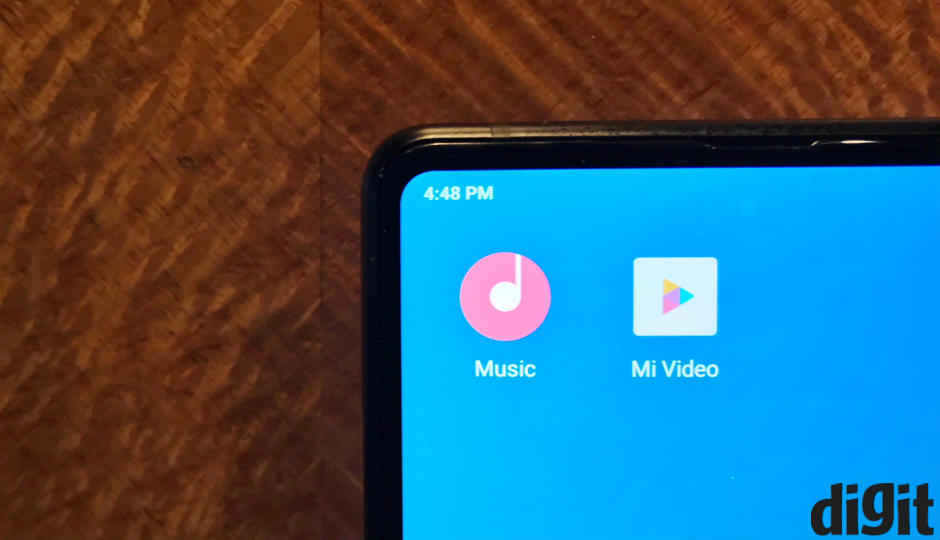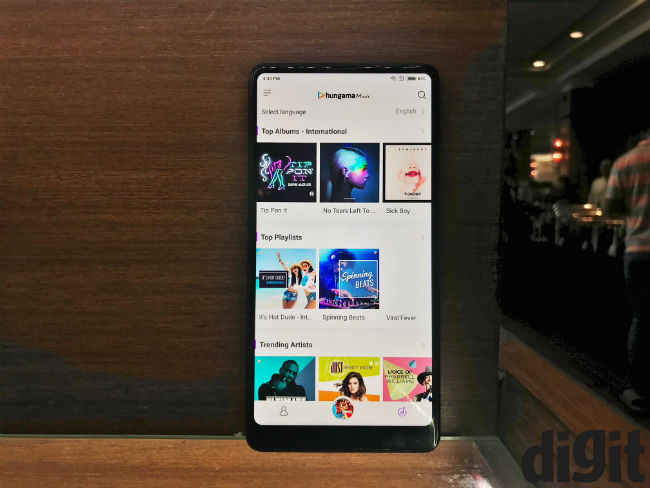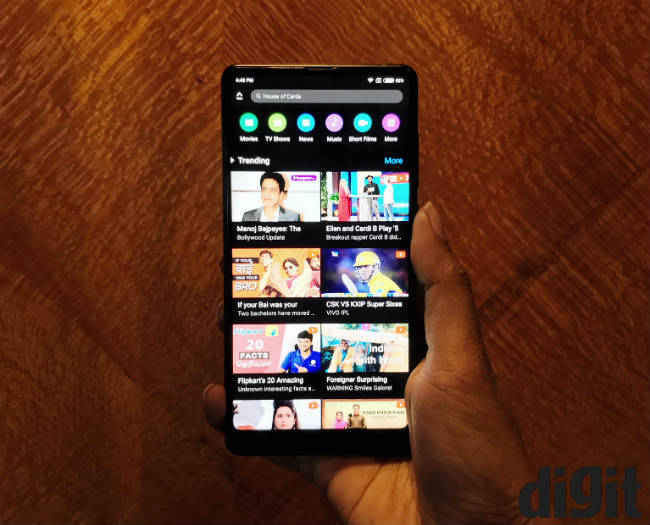Mi Music and Mi Video apps: First reactions and features overview

Xiaomi has reinstated its focus on services with Mi Music and Mi Video, but do these services offer enough to lure Xiaomi customers into using only Xiaomi services?
When Xiaomi greeted its fans at the Mi Pop Play event in Mumbai on May 2, Wednesday, it was quick to highlight that it considers itself a service-first company. This essentially set the theme for its two announcements – Mi Music and Mi Video. In China, Xiaomi has long been setting itself up for establishing an ecosystem of its own software, services and devices, and it has also been a while since the company is cautiously treading a similar line in India.
With Mi TV, Xiaomi brought Patchwall OS and its entertainment services to India. While the best of its connected gadgets are still not up for sale in the country, Xiaomi did showcase them when it first launched a Mi Home store here. The fact that India is steadily getting more dedicated Xiaomi stores and hubs also speaks volumes about the company's intentions of setting up an ecosystem here, but not with all the flavours that the company offers in China. The newly introduced Mi Music and Video are representations of exactly that.
Connected devices and the Internet of Things is still somewhat of a novelty in India, and while we are indeed getting more connected everyday appliances in the market, it is far from mainstream. Consumption of music and videos, on the other hand, is a near-epidemic. We are forever plugged in to some service or the other, and tier one cities have made a noticeable transition towards streaming content, than sticking to conventional television services. We're also pretty much glued to our mobile screens all the time, and with Xiaomi posting decent sales figures every quarter, it only makes sense to have its own music and video streaming services. Except, it isn't entirely Xiaomi's own.
Mi Music
The Mi Music service is powered by Hungama, which is to say that it IS Hungama Music, with a customised interface that looks fairly sleek on the delightful Mi MIX 2S that I saw its demo on. Xiaomi has tied up with Hungama to source its entire library of music, and add its own magic to it. The interface is neat, with a bottom-left tab opening your settings, profile and local track list, and a bottom-right tab opening the search tab from where you can access all the online music. The circular centre button on the bottom panel opens up the music player, which has a sleek, minimalistic approach to its design.
It's all nice and fluent, and of course looks better on the edge-to-edge display of the MIX devices. On the player tab, you can swipe right to load track lyrics. The lyrics panel has an active roll where the words of the lines being played are highlighted. This is made to add a differentiating factor, and aid your karaoke ambitions. If you happen to have missed a couple of lines and wish to rewind to it, you can simply scroll up the lyrics roll and tap on the line from which you want playback to be resumed. For anyone keen on picking up song lyrics, this is actually a really intuitive feature. However, the range of songs that can play with such active lyrics is not too expansive at the moment, although Sudeep Sahu, Product Manager at Xiaomi states that the library will be expanded very soon.
Also to be expanded soon are the playback algorithms that curate automated playlists based on your favourites. Sahu further stated that while the auto-curated playlists are sourced from Hungama at the moment, the generation of recommendations will be based on customised Xiaomi algorithms, although that will understandably take some time to be perfected. The library itself is not too bad, although it fares better with Indian music. All of this is offered in a freemium model – Mi Music will be preinstalled in all Xiaomi phones from now on, and there will be no charge for streaming songs. This, of course, will be supported by advertisements, and not include downloads for offline playback of non-local tracks. For that, you pay Rs. 499 per year, which is one of the cheapest available music streaming services in the country.
Questions to this service remain, since it essentially is Hungama Music with Xiaomi's interface and lyrics read-out integrated. However, it will appeal to those who like the Mi interface and ecosystem, and that's as far as the first impressions of Mi Music go.
Mi Video
Here, though, Xiaomi presents a more interesting choice. With Mi Video, you get curated feeds with content from Hungama, Sony LIV and Voot. Alongside, you can also view topical YouTube videos suggested to you based on your viewing preferences. This interface, too, is quite fluid and pleasant to use, and along with shows from varying genres, offers news snippets too. Mi Video offers both category-wise and genre-wise curation of video content, and in the short while that we used it, the feeds were quite interestingly mixed.
Having content from three streaming services can be a major selling point for Mi Video, as many would love not having to install two more apps. Essentially, Mi Video offers all the services that Xiaomi offers via Patchwall OS on its Mi TV, and the company claims that it is somewhat like all of Mi TV's services on mobile devices. We did not get to spend enough time to explore how its recommendations fare in the long run, but from the initial impressions, it is Mi Video that makes more sense and appeal than Mi Music. Xiaomi has also retained the easy gesture controls on the Mi Video interface, where you can simply swipe left and right to seek through videos, swipe up/down to the left of the display to adjust brightness, and do the same to the right of the display for volume.
What makes Mi Video more promising is that more services are expected to be included in the service, going forward. The content creators include the likes of TVF Play, and Xiaomi also states that around 80 percent of the content is free.
Mi Music and Video will be available for download this week onward, and those who had the beta builds can simply log on to Mi Store and update the apps to switch to the stable builds. Xiaomi also states that Music and Video are just the start of Internet-based integrated services, based on which it aims to build its ecosystem in India. During the demonstration, Sahu highlighted on how the company does not make money from hardware, and is looking at services to support its revenue system.
The question is, will its users in India pay for Xiaomi-specific services? Or, have they already settled on using other services of choice, and Mi Music and Video will only be options that may or may not be considered? Only time will tell.






